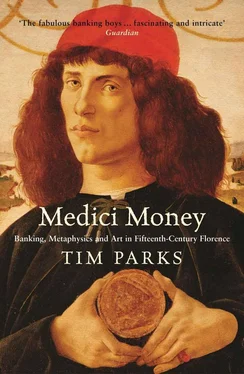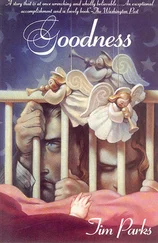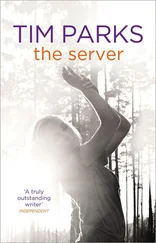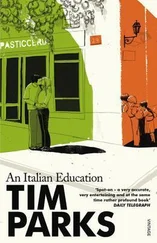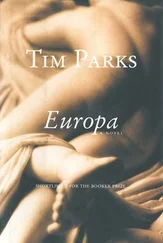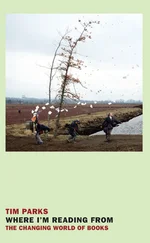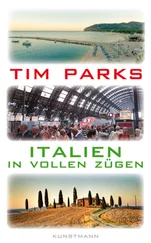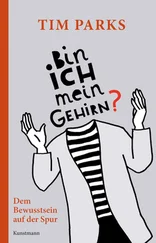Nicolai Rubinstein’s book The Government of Florence Under the Medici is as essential as it is infuriating. Rubinstein brings together decades of meticulous scholarship and is admirably impartial as he analyzes how exactly the Medici manipulated the Florentine constitution. Unfortunately, he leaves certain crucial explanations of the workings of that constitution until deep into the book. Often whole chapters begin to make sense only when you discover a footnote on page two hundred and something with the vital piece of information. This is only for the seriously committed.
The same goes for Raymond de Roover’s The Rise and Decline of the Medici Bank, 1397–1494 . Of all the books you can read on the Medici, Roover’s has the most extraordinary facts, but they are hidden away among balance sheets, reflections on accounting practices, considerations of trade patterns, and so on. Curiously, there is almost no overlap between these two monumental works, as if the Medici had split their political and commercial lives quite drastically, something that is hard to believe.
More recently, the historian Dale Kent has added a third dimension to this Medici duality with her meticulously researched book Cosimo de’ Medici and the Florentine Renaissance . This gives an exhaustive account of all the artworks and buildings that Cosimo may or may not have commissioned, the nature of his involvement, and the context in which it all took place. Kent lets herself get drawn into a lot of sterile argument with other academics about the nature of Cosimo’s intentions, but the book is absolutely fascinating, assuming you have oceans of time on your hands.
Enough. There are scores of relevant books, literally hundreds of collections of learned articles — on Florentine dress, on the changing nature of exile in the 1500s, the sumptuary laws, the voyages of the trading galleys. As you proceed, you realize how many of the texts contradict each other, even on matters of bare fact, and how elusive any definitive vision of the Medicis must be. At this point, my advice is to stop worrying too much about “the truth” and to go back to what material from the time is still available and readable. Machiavelli’s Florentine Histories is a joy, and Francesco Guicciardini’s various historical accounts likewise. Both were written in the early sixteenth century. Then there are Lorenzo il Magnifico’ s clever poems, Savonarola’s solemn sermons, Ficino’s bizarre Platonist reflections. The web of ideas soon grows thick indeed. What you are looking at is the birth throes of our modern mindset.
In conclusion, if you want to check out someone who had the talent and imagination to give a profound sense to all this material, consult Jakob Burckhardt’s The Civilization of the Renaissance in Italy . Burckhardt wrote his book in the 1850s, and historians today like to consider it outdated and mistaken. But for scope, brilliance, and a readiness to reflect deeply on the meaning of it all, Burckhardt puts most of those who have followed him to shame.
Page 27: Scala/Art Resource, NY. Uffizi, Florence, Italy. Page 56: Alinari/Art Resource, NY. Baptistery, Florence, Italy. Page 75: Scala/Art Resource, NY. Brancacci Chapel, S. Maria del Carmine, Florence, Italy. Page 102: Scala/Art Resource, NY. Museo Nazionale del Bargello, Florence, Italy. Page 105: Scala/Art Resource, NY. Palazzo Medici Riccardi, Florence, Italy. Page 126: Erich Lessing/Art Resource, NY. Museo di S. Marco, Florence, Italy. Page 129: Erich Lessing/Art Resource, NY. Palazzo Medici Riccardi, Florence, Italy. Page 132: Scala/Art Resource, NY. S. Stefano dei Cavalieri, Pisa, Italy. Page 166: Scala/Art Resource, NY. S. Maria Novella, Florence, Italy. Page 191: Samuel H. Kress Collection, Image © 2004 Board of Trustees, National Gallery of Art, Washington. Page 230: Erich Lessing/Art Resource, NY. Narodowe Museum, Gdansk, Poland. Page 237: Erich Lessing/Art Resource, NY. Museo di S. Marco, Florence, Italy.
Page numbers in italics refer to illustrations.
abaci, 37
“About Famous Women” (Boccaccio), 55–57
Abraham and Isaac, 8, 13
Acciaiuoli, Agnolo, 154–56, 157, 163, 167, 192
Acciaiuoli, Donato di Neri, 160
Acciaiuoli, Lorenzo, 154
accoppiatori , 139–40, 142, 147, 156, 160, 165, 167, 199–200
accounting:
imaginary currency invented for, 36–37
methods of, 5, 33–34
Achilles, 11–12, 18, 158
Adoration of the Magi (Gozzoli), 128–29, 129 , 169
Adoration of the Shepherds (Goes), 178
Agamemnon, 11–12
Agazzari, Filippo degli, 10
Alberti, Leon Battista, 19, 26
Albizzi, Rinaldo degli, 81, 86, 89–91, 104, 116, 154
Cosimo de’ Medici’s exile and, 92–98
exile of, 100
Albizzi family, 73, 77, 78, 81, 118, 120, 137, 139, 141
power struggle between Medici family and, 88–98
Alfonso of Aragon, 141
alum, 22, 39, 188, 192–99, 204, 233
collapse of market in, 197–99
main markets for, 196
Medici bank’s monopoly on, 190, 193, 195–96, 200, 205
sources of, 194–95, 197, 200
uses and importance of, 188, 190, 192, 194
value of market in, 194
Volterra and, 199–203
Ancona, Medici bank branch in, 116, 117
Angel Appearing to Zacharias, The (Ghirlandaio), 168
Angelico, Fra, 124–25, 126 , 128, 133
Angevin family, 68, 71, 116, 141, 218
Anghiari, Battle of, 140
Anglo-French War, 112, 114
Anjou, Prince Jean d’, 189
Annunciation (Angelico), 125
Antonio of Florence, Archbishop (later Saint), 24, 33, 63, 109, 123–24, 148, 151, 241
Aragon family, 116
Arena Chapel, 10
aristocracy:
Lorenzo de’ Medici’s aspirations to, 4, 203, 221–22
Medici as, 160–61, 170, 178, 246
see also nobility
Aristotle, 14
Arnolfini, Giovanni, 176
art:
collecting habit and, 5
Cosimo de’ Medici’s commissions in architecture and, 3, 56 , 58–59, 62, 84, 104, 105 , 108, 121–22, 124–30, 126, 129 , 151, 186, 225, 246
humanism’s affect on, 130
Lorenzo de’ Medici’s patronage of, 187
money and political power tied to, 2, 9, 10, 17–19, 124, 158–59, 161
morality and patronage and, 186–88
patrons portrayed in, 125–27, 126 , 129–30, 129 , 136, 151, 166 , 168–70, 178, 211, 230 , 231
religion and patronage and, 127–34
religious purpose of, 124–25
Arte di Calimala (Merchants’ Guild), 33, 58
Arte di Cambio, see Exchangers’ Guild
Arte di Por San Maria (Clothmakers’ Guild), 33
astrology, 34, 62
Augustine, Saint, 207
Avignon, 51
Medici bank branch in, 170, 232
Badia di Fiesole, 127
balia , 141, 142, 149, 158, 192, 199
Cosimo de’ Medici exiled by, 95–98
function of, 95–96, 138–39
banca grossa , 32
banche a minuto , 31–34
bank, etymology of term, 29
banking:
by banche a minuto , 31–34
collecting habit and, 5
Cosimo de’ Medici’s love of, 62, 188
currency exchange deals and, 40–46, 91–92, 174
discretionary deposits and, 22–25
distrust of, 2, 89
Florence’s neighborhood for, 29
holding system and, 48–49
Italian monopoly on, 21
language used as camouflage in, 24, 31
moral law and, 11–15
by pawnbrokers, 30–31
political power and, 17
pre-Medici innovations in, 5–6
trade and, 22–23, 39–40, 46–47, 240
Читать дальше
